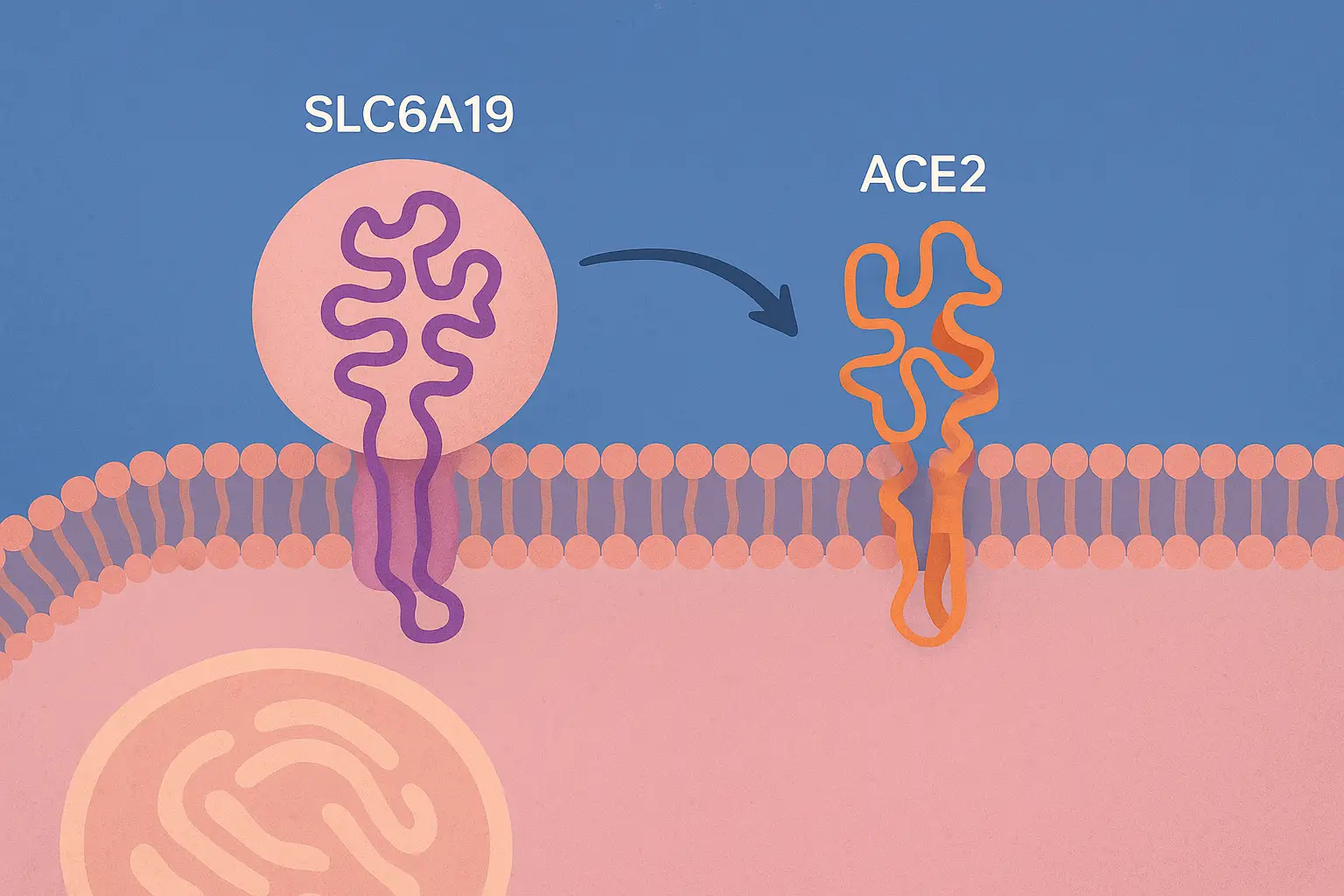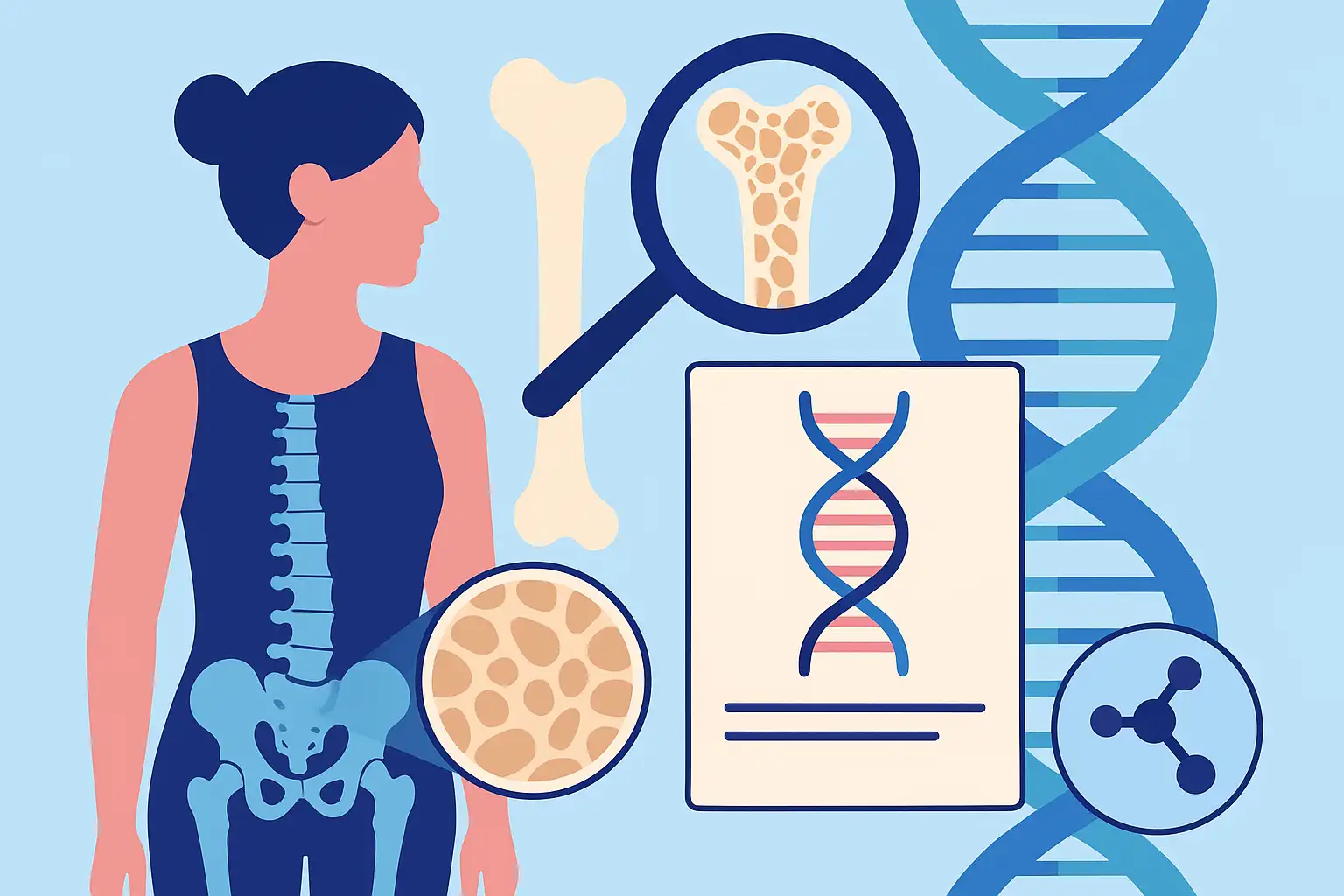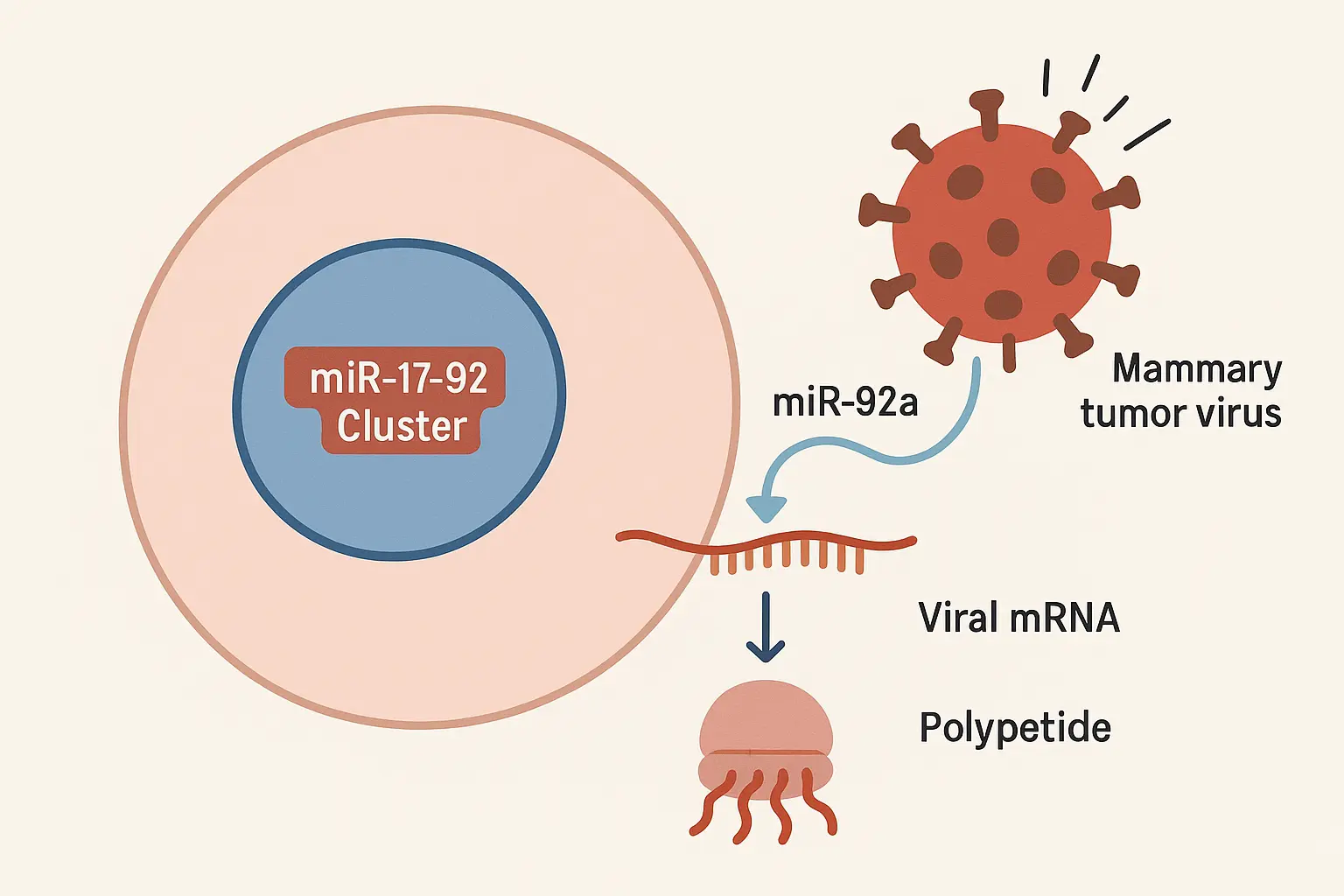
SLC6A19 Mutations Disrupt Protein Trafficking and ACE2 Localization in Hartnup Disease
🧠 Introduction
Hartnup disease is a rare metabolic disorder caused by mutations in the SLC6A19 gene, which encodes the amino acid transporter B0AT1. Our new study in Frontiers in Cell and Developmental Biology uncovers how these mutations impair protein trafficking and unexpectedly disrupt ACE2 localization, offering fresh insight into disease mechanisms.
🔍 Research Summary
Researchers investigated 18 Hartnup disease-causing variants of B0AT1 using biochemical assays and computational analysis. Nine variants—including R57C, R178Q, and S303L—were found to be retained in the endoplasmic reticulum (ER), preventing their normal transport to the cell surface. This ER retention not only impaired amino acid absorption but also altered the trafficking of ACE2, a key regulator of vascular and metabolic processes.
The findings suggest that defective protein quality control within the ER contributes to both B0AT1 dysfunction and ACE2 mislocalization.
🌍 Broader Impact
This work enhances understanding of the molecular basis of Hartnup disease and highlights the complex interplay between genetic mutations, protein trafficking, and metabolic health. By linking amino acid transport defects to broader physiological effects, the study provides potential avenues for new therapeutic approaches and biomarkers.
📎 Reference
@article{Alkhofash2025,
title = {Hartnup disease-causing SLC6A19 mutations lead to B0AT1 aberrant trafficking and ACE2 mis-localisation implicating the endoplasmic reticulum protein quality control},
volume = {13},
ISSN = {2296-634X},
url = {http://dx.doi.org/10.3389/fcell.2025.1589534},
DOI = {10.3389/fcell.2025.1589534},
journal = {Frontiers in Cell and Developmental Biology},
publisher = {Frontiers Media SA},
author = {Alkhofash, Nesreen F. and Ali, Bassam R.},
year = {2025},
month = aug
}






Leave a Reply